
Still a Class Act - Direct Fit Catch Can, Part 1 - Concept and Design
What does Philadelphia Eagles' safety Malcom Jenkins and the B9 Audi S5 have in common? More than you would think, actually. Both are hardened powerhouses of speed and power wrapped up in the soft touch of luxury. I'm not an expert on athleticism (not even close) but it's no secret that Mr. Jenkins has spent countless hours in the gym training to perform on the field, much like the engineers at Audi likely poured over the fine details of the 3.0T that sits under the S5's hood. Both parties also need to be in peak condition to exert themselves to their max over the long haul. Where sickness and injury would slow number 27 down, the illness of blow-by can slow down this mechanical athlete.

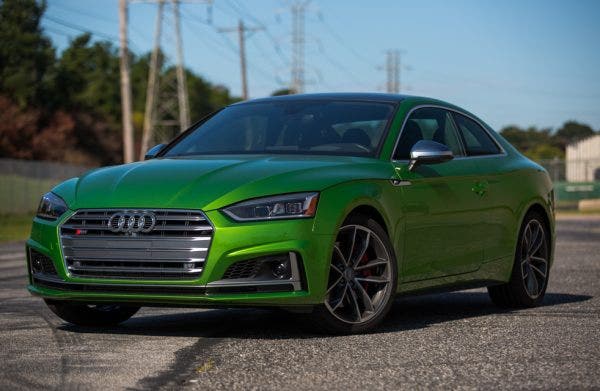
Over the years the S4, and the S5 as of recently, has metamorphosized into the beautiful, mean, and very, VERY green (in our case) technology-packed machine. Throughout its lifespan, the Quattro AWD system has had power supplied by the likes of five, six, and eight cylinders, from zero to two turbos, and an experimental supercharged phase before landing on the current "hot-V" single turbo, V6 layout.
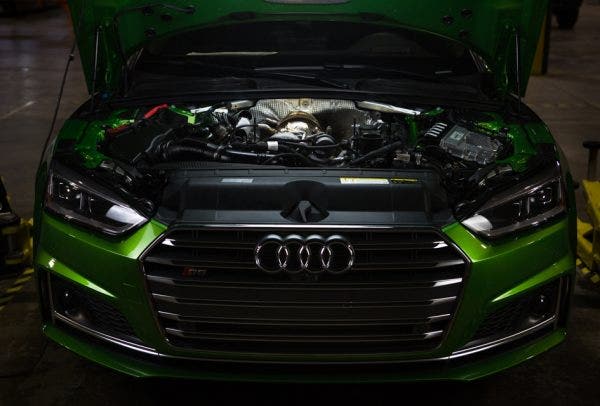
Volkswagen Auto Group, with Audi under that sprawling umbrella, was on the forefront of direct-injection technology for their production vehicles back in the early 2000s. Where this new technology increased power and efficiency in their engines, there was, of course, a tradeoff. For example, the 2.0T powering the MKV GTI was notorious for carbon buildup on intake valves, which inevitably diminished every benefit of the direct-injection fuel delivery system.
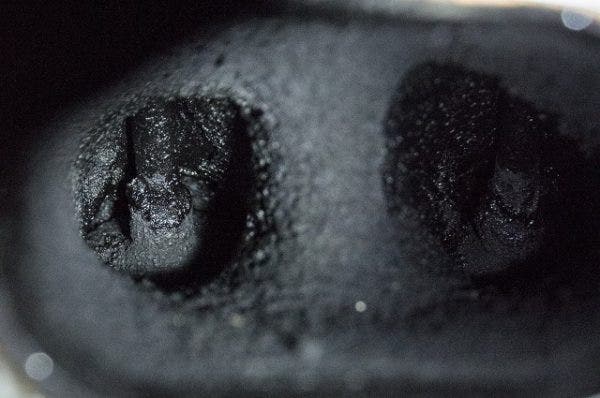
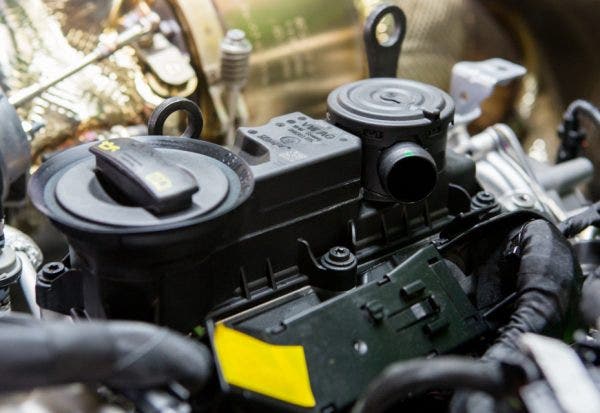
The VW/Audi engineers have learned their lesson, however. After seeing the serious side effects of unguarded valves, air-oil separators were incorporated directly into the PCV system to reduce the amount of harmful vapors that could eventually lead to carbon buildup. Specifically for the 3.0T TFSI, the crank case pressure is vented through bank two, but this air is run through a series of chambers known as impactors to slow the air and allow the oil and moisture to condense. The oil collects in a chamber at the bottom and flows right back into the pan, leaving mostly clean air to route back into the intake.
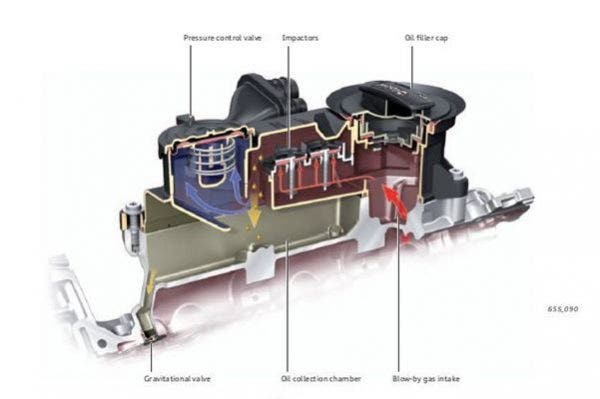
It sounds like a perfect system, and we've actually witnessed the effectiveness first hand with the AOS mounted to the 4-cylinder TSI engines after only being able to capture the smell of blow-by in a prototype kit on the 1.8T Golf. However, with some more research on the topic and some more hands on experience, we found that this AOS system could use a helping hand.
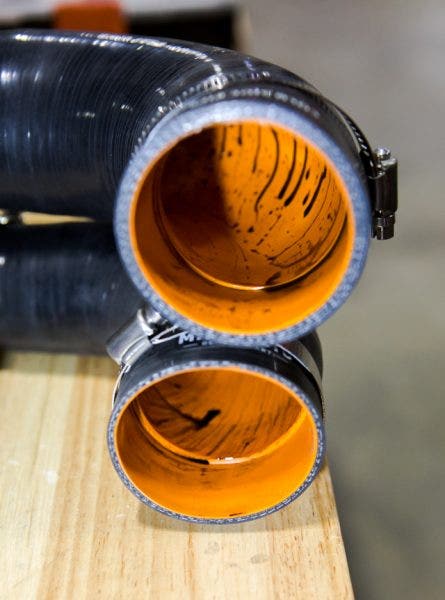
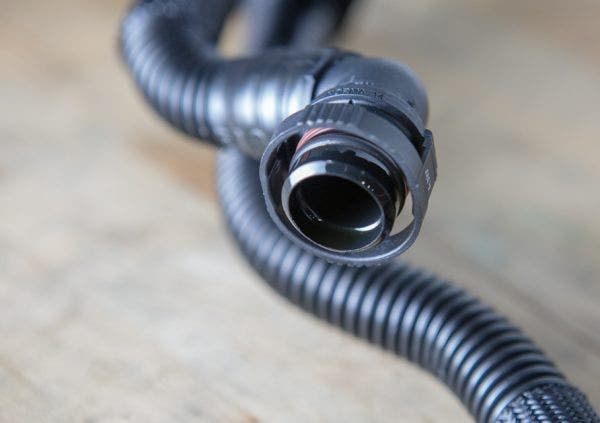
The 3.0T's PCV system is a little more complex than most, so Jason already had his work cut out for him. Not only is there the built-in AOS system, but this system uses one line to feed to two locations, plus there is the need to keep the can from pressurizing under boost. The first step, though, is to find a spot to mount our catch can.
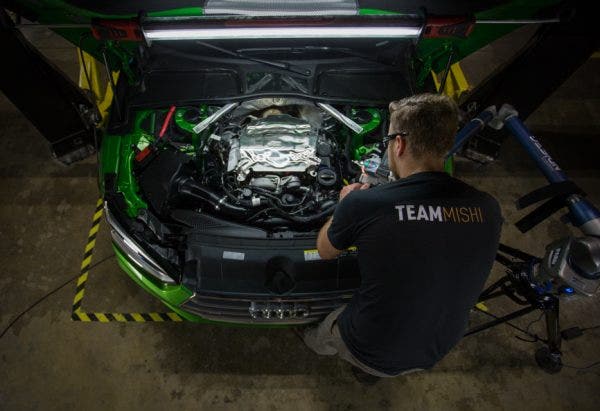
If the B9 S4/5 is lacking in anything, it's the option for a manual transmission, but more specifically space under the hood. Using our standard compact catch can design (which usually gives us some more clearance when it comes to line placement) wasn't an option. The PCV lines for the Audi are much bigger than most applications, but we already had a lid designed specifically for oversized vent hoses.
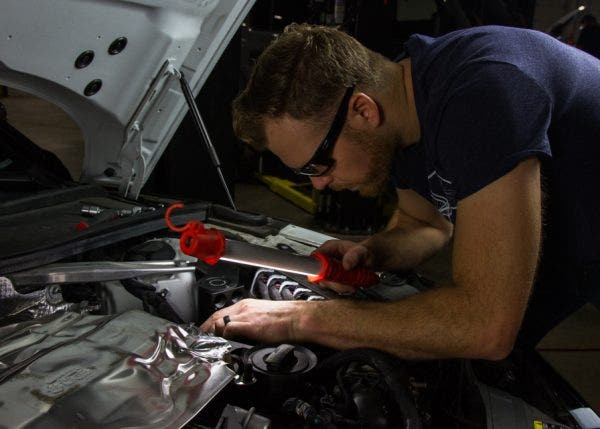
Our engineer found the perfect spot for this catch can, nestled snuggly in the opening by the driver's side strut tower and conveniently right next to the port for the PCV breather. This mounting location does require a beefy bracket and unfortunately limits the access for draining. The plan is to include a drain kit with this direct-fit system for ease of servicing, and as for the bracket, we put our fabricator on the case.
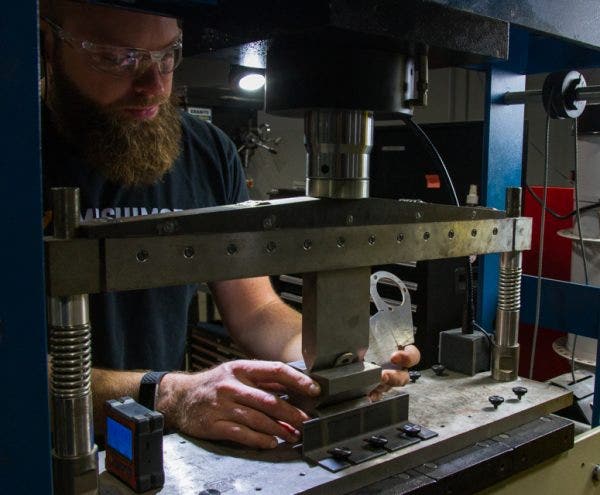
With the catch can in place, routing the lines was a cinch, but we found ourselves on the wrong side of a check valve. With forced induction vehicles, it's important not to let the catch cans become pressurized to ensure that the blow-by is flowing in the right direction and staying where it needs to. Finding the right check valve for this size, however, posed a serious challenge, and enough of one where Jason decided that we should make our own.
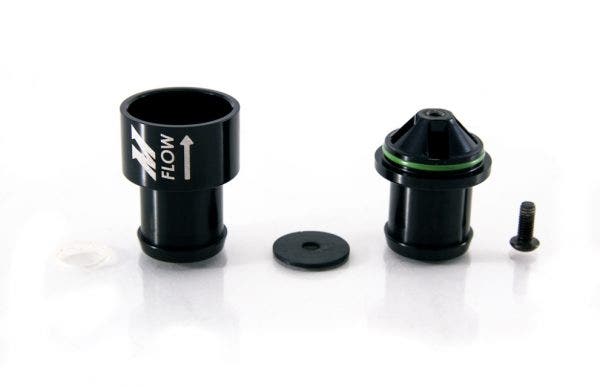
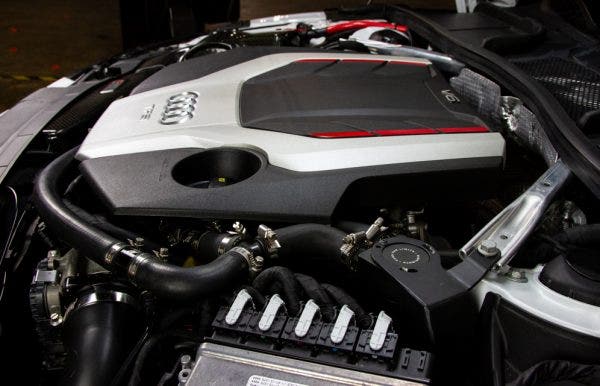
Even with the amount of time training, studying, and engineering, both Malcom Jenkins and the B9 S4 and S5 still need a helping hand to stay healthy. For the Eagle's teammate, he has his team, both on the field and in the business sector. For our Audi, you have Mishimoto and the catch can as backup for the PCV system. With our prototype installed, we set our S5 out on a 1000-mile test to see just how much support this can will actually provide.
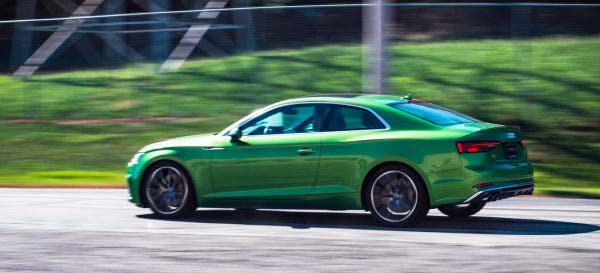
Thanks for Reading!
-Nick




